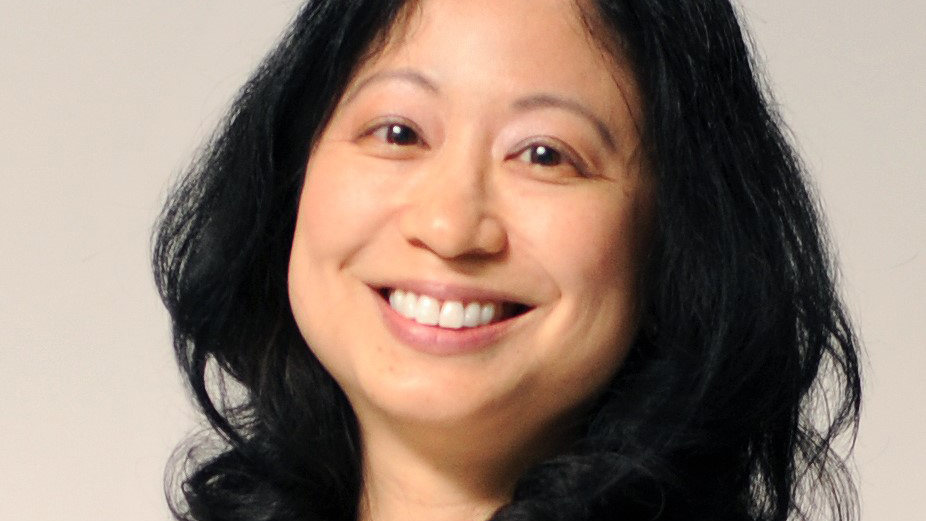
The pandemic’s devastating impact in Latin America and the Caribbean has brought its leading multilateral bank’s ESG finance strategy to the fore.
Multilateral development banks show their mettle during times of crisis, and the Covid-19 pandemic has caused nothing short of that in Latin America and the Caribbean. Its death toll per capita in 2021 has been higher than any other region, while last year its economy contracted by 7% — 3.5 percentage points more than the global average.
Throughout this period, one of the region’s leading multilaterals — the Inter-American Development Bank (IDB) — has continually stepped up to the plate. Its loan approvals and disbursements last year were up 10% and 38%, respectively, on 2019. Meanwhile, approvals of IDB sovereign-guaranteed loans set a record, as did its funding programme of $26.8bn. “Traditionally our annual borrowing programme has been around $20bn or so,” says Laura Fan, IDB’s head of funding.
Sustainable finance
To support its pandemic response, and in line with its $26bn funding plan for 2021, IDB has continued to borrow at pace. Sustainable development bonds (SDB) and its EYE (education, youth and employment) programme — which encompasses social bonds dedicated to projects in these areas — are two instruments in its capital-raising toolbox that have played a particularly important role during the pandemic. These two products collectively accounted for more than a third of its funding from January to September.
While other multilaterals are big players in the market-standard thematic bonds, which represent a growing slice of capital markets, IDB keeps its sustainability efforts within the confines of its SDB and EYE programmes. It does not issue labelled green bonds because it does not want the inaccurate implication that its other notes are not ‘green’. “Whenever we issue loans, they go through a very rigorous preparation and programming process, which includes an analysis of the impact on the environment,” says Ms Fan. “It means every single bank project goes through an environmental assessment, and because of that we believe that all our projects are green.”
Whenever we issue loans, they go through a very rigorous preparation and programming process
It does not issue labelled social bonds as its EYE programme was launched in 2014 as an early incarnation of the now popular instrument. “At that time there was a lot of investor interest in environmental, social and governance (ESG) products,” says Ms Fan. “But when we spoke with investors, many told us there were a lot of green bonds, but they wanted the opportunity to focus on the ‘S’ in ESG.” Seven years ago, the bank’s social bond programme was one of the very few available to investors, she adds.
The SDB programme launched just two years ago and already has some $18bn of notes outstanding. Funds are not earmarked for projects and there are no dedicated reporting obligations. Instead, investors rely on three of the bank’s general reports to assess their money’s impact. The programme’s name comes from IDB’s overriding mission to reduce poverty and inequality in a sustainable manner, which it implements in line with the UN’s 17 Sustainable Development Goals. It begs the question of how SDBs differ to the bank’s regular bonds. But as Ms Fan explains: “Whenever we issue SDBs, the proceeds go to finance lending specifically, and not other aspects of the bank’s ordinary capital.”
Mid-year blitz
Over the summer, good market conditions and strong investor demand allowed the bank to sell two record-breaking benchmark SDBs. In June, it mandated CIBC Capital Markets, National Bank Financial, RBC Capital Markets and Scotiabank for a Canadian dollar transaction. After a 24-hour marketing period, it launched a C$750m ($601.7m) five-year SDB. Pricing tightened by one basis point (bp) from initial guidance to close at Canadian dollar mid-swaps minus 18bps. It pays a semi-annual coupon of 1% and the deal attracted more investors than any of IDB’s prior Canadian dollar deals.
A month later, the bank repeated its effort in US dollar format. “We were targeting $2bn, or at the largest $2.5bn, based on what we had previously done,” says Ms Fan. But on July 14, the IDB received so much interest for its seven-year SDB that it decided to increase the deal to $3bn. The circa-$4.5bn in demand made it IDB’s biggest order-book, and biggest deal, for a US dollar deal at that tenor. The deal closed at mid-swaps plus 7bps after tightening 2bps from price talks. It pays a 1.125% semi-annual coupon and was led by BMO Capital Markets, Citi, Nomura and Wells Fargo.
Constantly evolving
The deals are a win for IDB on multiple fronts. Not only have they added nearly $4bn to its pandemic recovery efforts, but they also cement the relevance of its SDBs amid a growing array of ESG products. That said, the bank is considering taking the programme up a notch. “Our SDB framework currently does not show specific use of proceeds or allocations, but that is something we are exploring going forward,” says Ms Fan. To make it easier for investors to understand how their bond proceeds are financing the IDB’s lending, it is looking at consolidating the various reports investors currently rely on into one dedicated to SDBs.
In contrast to the huge demand from ESG-friendly investments, Ms Fan sees a shortage of instruments and opportunities for sustainable investors. “These products will continue to grow and we want to be at the forefront of that growth,” she says. “That is why we continue to evolve our frameworks to suit investors’ needs.”


